Picture this: you’re walking through downtown Manhattan when suddenly a red-tailed hawk swoops overhead, landing on a nearby skyscraper with a fresh catch. This isn’t a scene from a nature documentary—it’s happening right now in one of the world’s most densely populated cities. As our urban landscapes expand at breakneck speed, swallowing up natural habitats, an unexpected phenomenon is emerging. Wildlife isn’t just surviving in our concrete jungles; some species are actually thriving.
The Surprising Reality of Urban Wildlife Populations

Cities worldwide are witnessing an extraordinary transformation that challenges everything we thought we knew about urban environments. Wildlife populations in metropolitan areas are not only surviving but often surpassing their rural counterparts in both numbers and diversity. London’s urban foxes have become so numerous that they’ve developed distinct behaviors, hunting patterns, and even social structures that differ dramatically from their countryside relatives.
The numbers tell a shocking story. Urban bird populations in cities like Berlin and Amsterdam have increased by over 40% in the past two decades, while rural populations declined. These aren’t just the typical pigeons and sparrows we expect to see—we’re talking about hawks, owls, and even exotic species that have found urban environments surprisingly hospitable.
Why Cities Are Becoming Wildlife Havens

The urban heat island effect, which most people consider a negative consequence of city development, actually creates microclimates that many species find irresistible. These warmer temperatures extend growing seasons, provide frost-free zones during winter, and create diverse ecological niches within a single city block. Think of it like nature’s own version of climate-controlled living spaces.
Urban environments also offer an abundance of food sources that many animals have learned to exploit brilliantly. Raccoons in Toronto have developed sophisticated techniques for opening garbage cans, while coyotes in Los Angeles have mastered the art of hunting in suburban neighborhoods. The constant availability of food waste, combined with reduced natural predators, creates what ecologists call “urban ecological release.”
The Dark Side of Urban Wildlife Success

But this urban wildlife boom isn’t all positive news. The rapid adaptation of animals to city life is creating new challenges that nobody anticipated. Urban animals are developing behavioral changes that concern scientists—increased aggression, altered feeding patterns, and disrupted migration routes that could have long-term consequences for entire species.
Disease transmission has become a critical issue as wildlife populations become denser in urban areas. Rats in New York City carry antibiotic-resistant bacteria, while urban bird populations can spread avian flu more rapidly than their rural counterparts. These health risks pose serious threats to both human and animal populations.
Architectural Solutions That Actually Work

Forward-thinking cities are pioneering architectural innovations that seamlessly blend human needs with wildlife requirements. Green roofs in cities like Copenhagen and Portland aren’t just aesthetic additions—they’re functioning ecosystems that support entire communities of plants, insects, and birds. These living rooftops can reduce building energy costs by up to 30% while providing crucial habitat corridors.
Wildlife bridges and underpasses are revolutionizing how animals navigate urban landscapes. The Ecoduct de Woeste Hoeve in the Netherlands allows over 5,000 deer to cross a busy highway safely each year, while similar structures in Banff National Park have reduced wildlife-vehicle collisions by 80%. These engineering marvels prove that coexistence isn’t just possible—it’s profitable.
The Economics of Urban Coexistence

The financial benefits of urban biodiversity are staggering and often overlooked. Cities with higher biodiversity levels report property values that are 15-20% higher than areas with minimal green space and wildlife presence. The economic value of pollination services provided by urban bees alone is estimated at $235 million annually across major US cities.
Urban wildlife tourism is becoming a significant economic driver. Cities like Vancouver and Melbourne are marketing their urban wildlife experiences, attracting millions of visitors who spend billions on wildlife-watching activities within city limits. This eco-tourism boom is creating jobs and generating revenue that directly funds conservation efforts.
Technology’s Role in Urban Wildlife Management

Cutting-edge technology is transforming how we monitor and manage urban wildlife populations. AI-powered camera traps can identify and track individual animals, providing unprecedented insights into urban wildlife behavior. Smart city sensors are being deployed to detect wildlife movement patterns and prevent dangerous human-animal encounters before they occur.
Mobile apps are turning city residents into citizen scientists, contributing to massive databases that help researchers understand urban wildlife dynamics. The eBird app has collected over 1 billion bird observations, with urban sightings providing crucial data about how species adapt to city life. This crowd-sourced approach is revolutionizing urban ecology research.
Surprising Species Thriving in Urban Environments
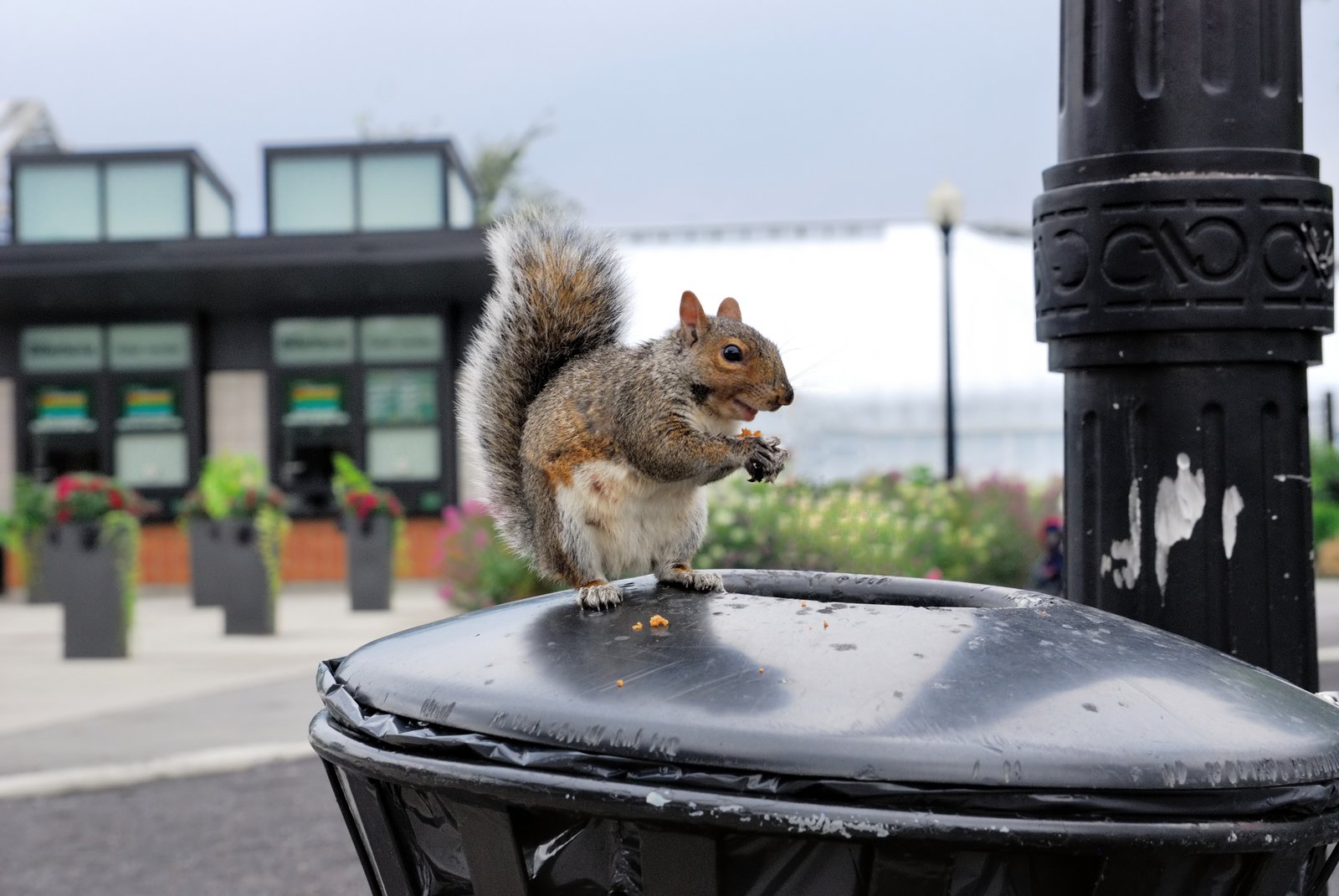
The list of animals successfully adapting to urban life would astonish most people. Peregrine falcons, once endangered, now have stable populations in cities worldwide, using skyscrapers as artificial cliff faces for nesting. These urban falcons actually hunt more successfully than their rural counterparts, taking advantage of the abundant pigeon populations.
Even more surprising are the large mammals making themselves at home in cities. Black bears regularly visit neighborhoods in Aspen and Lake Tahoe, while mountain lions have been spotted in Los Angeles suburbs. These encounters, while potentially dangerous, demonstrate the remarkable adaptability of wildlife to urban environments.
The Human Health Benefits Nobody Talks About
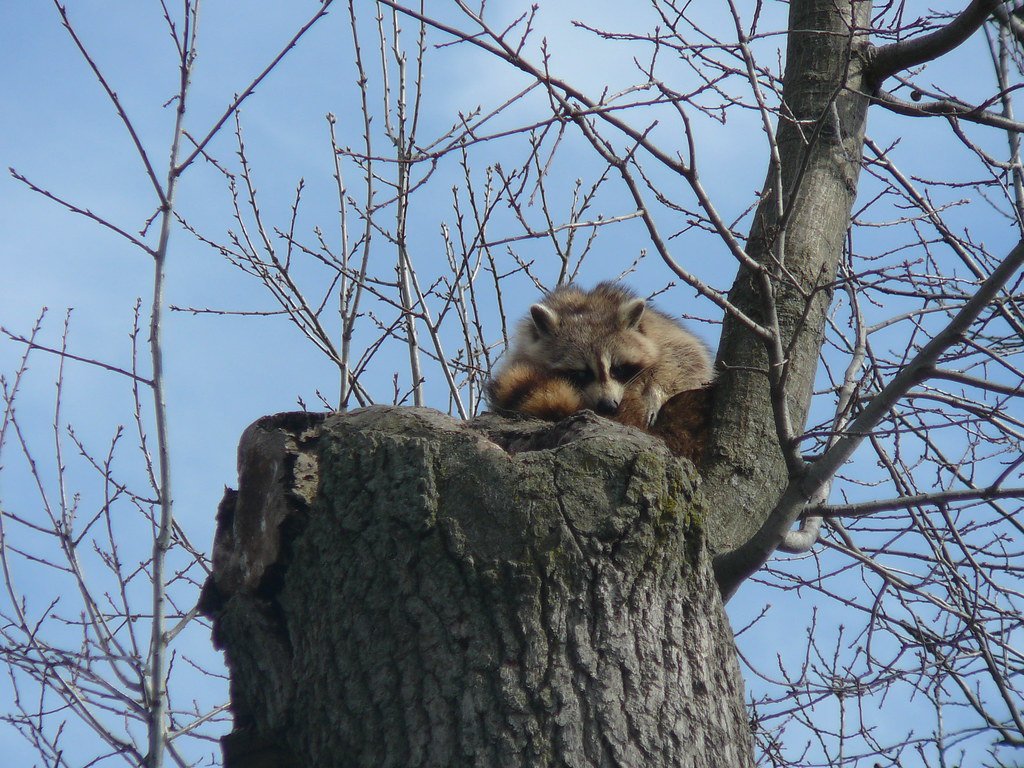
Living alongside urban wildlife provides measurable health benefits that extend far beyond the obvious aesthetic pleasures. Studies show that people living in areas with higher biodiversity experience lower rates of allergies, asthma, and autoimmune diseases. The “biodiversity hypothesis” suggests that exposure to diverse microorganisms carried by urban wildlife actually strengthens human immune systems.
Mental health benefits are equally impressive. Urban residents who regularly encounter wildlife report significantly lower stress levels and improved mood compared to those in wildlife-sparse areas. The simple act of watching birds or observing squirrels can reduce cortisol levels and blood pressure within minutes.
Cities Leading the Coexistence Revolution
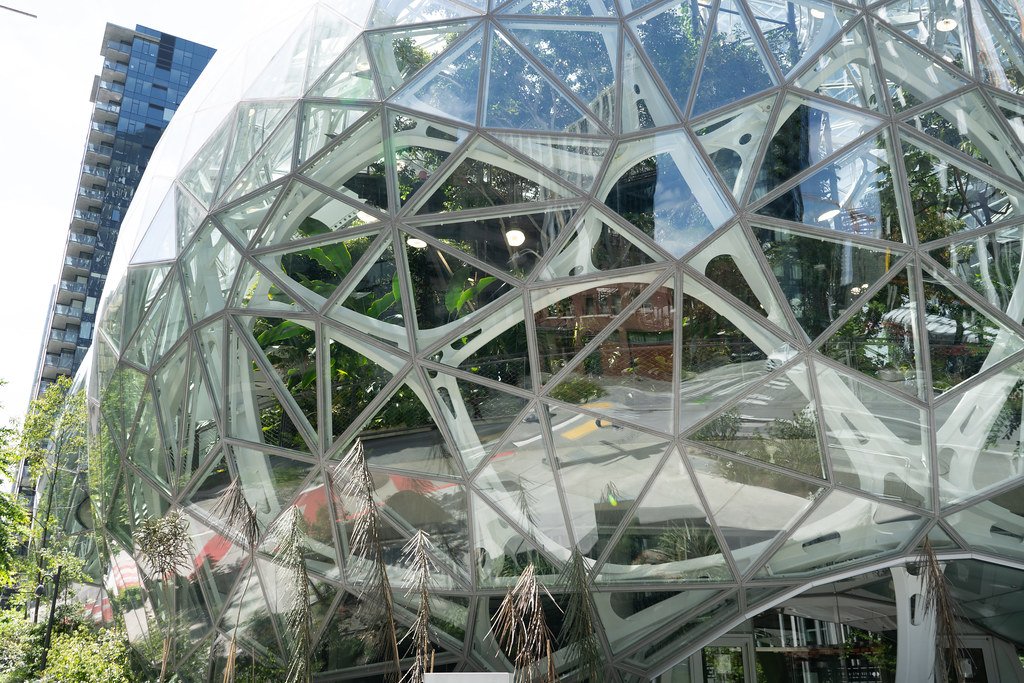
Singapore stands as the gold standard for urban biodiversity integration. The city-state’s ambitious “City in a Garden” vision has created vertical forests, wildlife corridors, and integrated green spaces that support over 40,000 species within its borders. This isn’t just environmental window dressing—it’s a comprehensive urban planning philosophy that prioritizes biodiversity.
Montreal’s approach focuses on creating “ecological networks” that connect urban green spaces, allowing wildlife to move freely throughout the city. The results have been remarkable: urban wildlife populations have increased by 60% since the program’s implementation, while property values and quality of life indicators have risen correspondingly.
The Challenges Cities Face Today
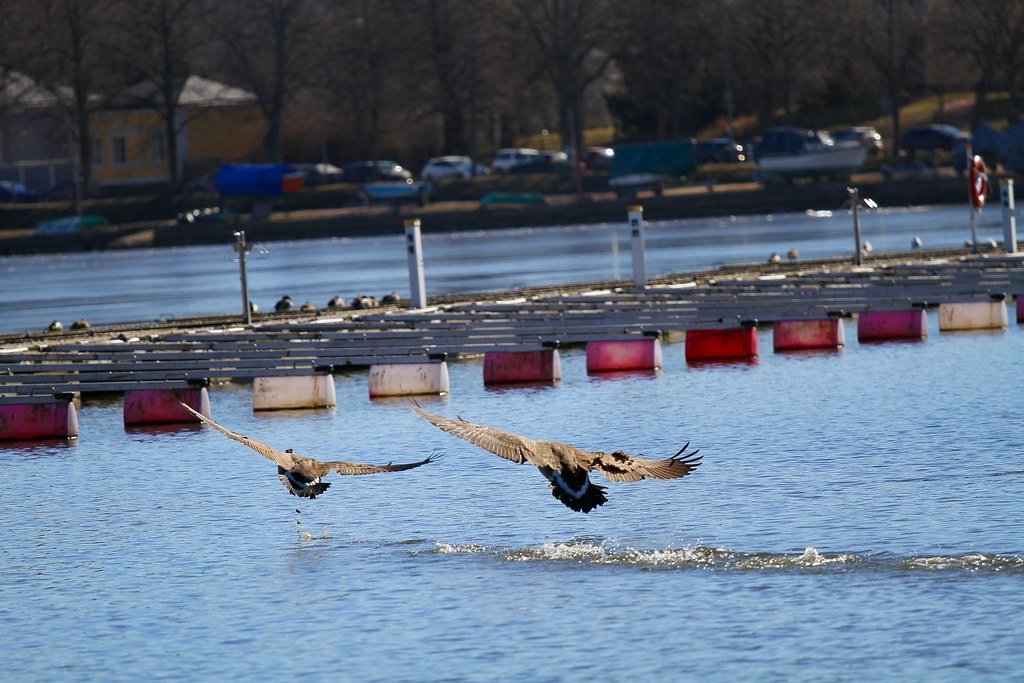
Despite these success stories, urban coexistence faces significant obstacles. Rapid urban development often outpaces conservation planning, creating fragmented habitats that can’t support stable wildlife populations. The pressure to maximize land use for human development frequently conflicts with wildlife habitat preservation.
Public perception remains a major hurdle. Many urban residents view wildlife as pests or threats rather than valuable ecosystem components. This negative attitude can undermine conservation efforts and lead to harmful management practices that disrupt carefully balanced urban ecosystems.
Climate Change and Urban Wildlife

Climate change is fundamentally altering urban wildlife dynamics in ways that scientists are only beginning to understand. Rising temperatures are pushing some species toward urban areas as they seek cooler microclimates, while others are struggling to adapt to rapidly changing conditions. Urban heat islands are becoming more intense, creating both opportunities and challenges for different species.
Extreme weather events are testing the resilience of urban wildlife populations. Urban flooding can devastate ground-nesting birds, while prolonged droughts stress urban trees that provide crucial habitat. Cities must adapt their wildlife management strategies to account for these climate-driven changes.
The Role of Urban Agriculture
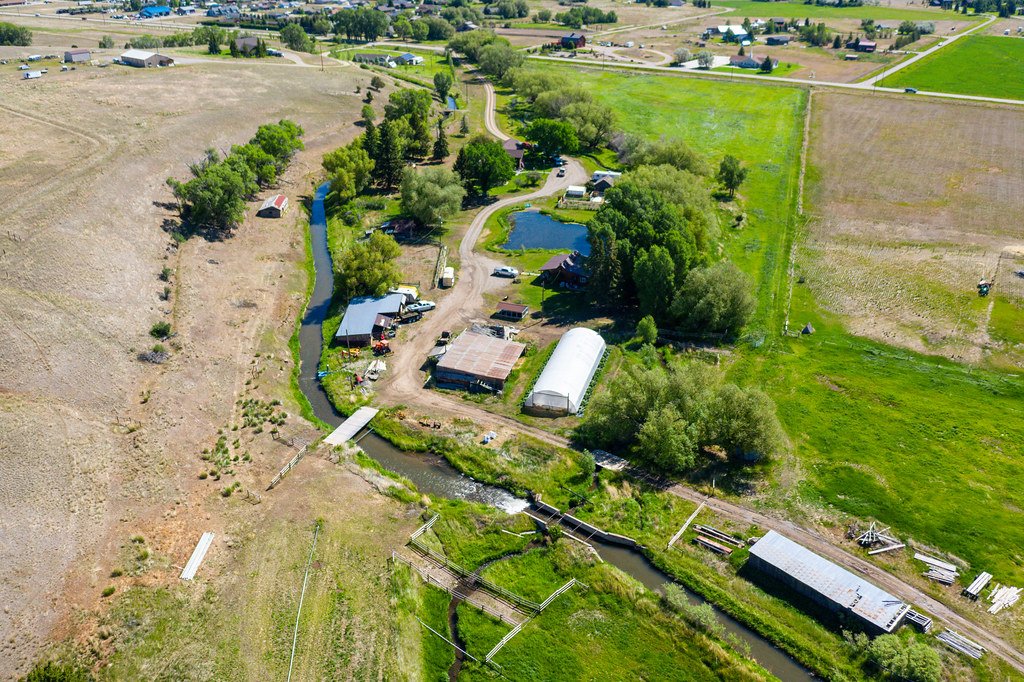
Urban farming is creating unexpected opportunities for wildlife habitat within city limits. Rooftop gardens, vertical farms, and community gardens provide food sources and nesting sites for various species. These agricultural spaces often support higher biodiversity than traditional parks or green spaces.
Pollinator gardens integrated into urban farms are particularly successful at supporting bee and butterfly populations. These installations can increase local pollination rates by up to 300%, benefiting both urban agriculture and wild plant communities. The symbiotic relationship between urban farming and wildlife conservation is proving to be a powerful tool for city planners.
Water Management and Urban Wildlife

Urban water systems play a crucial role in supporting wildlife populations, but they require careful management to balance human needs with ecological requirements. Constructed wetlands and bioswales not only manage stormwater runoff but also provide critical habitat for waterbirds, amphibians, and aquatic insects.
Green infrastructure approaches to water management are yielding impressive results. Cities like Philadelphia and Seattle have implemented comprehensive green stormwater infrastructure that reduces flooding while creating wildlife corridors throughout urban areas. These systems demonstrate that environmental and engineering solutions can work together effectively.
The Future of Urban Wildlife Corridors
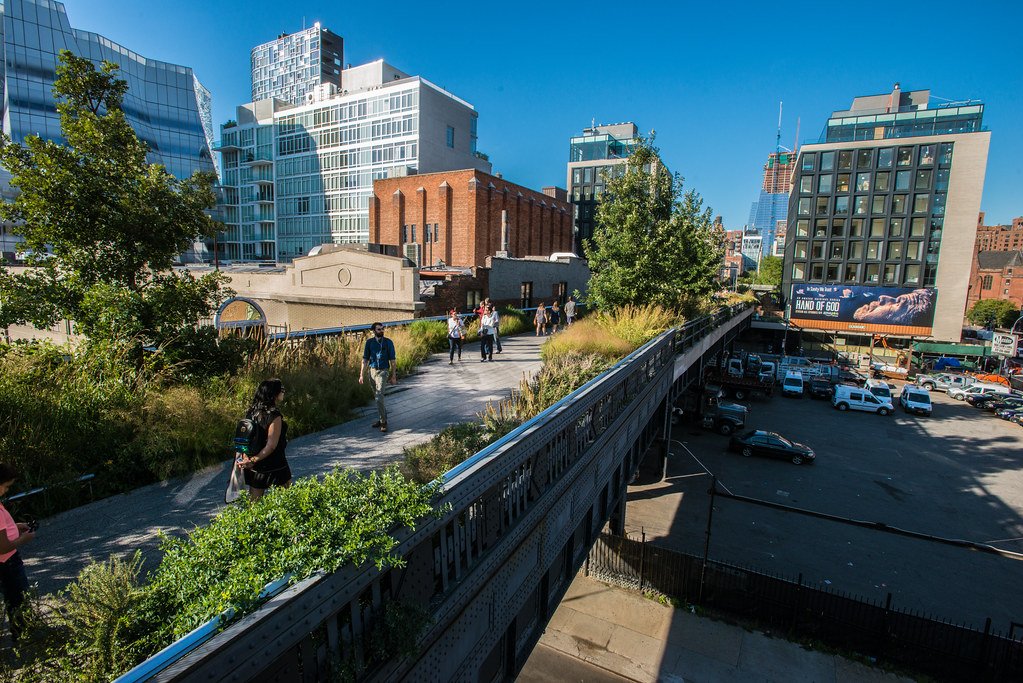
Wildlife corridors are becoming increasingly sophisticated as cities recognize their importance for maintaining healthy urban ecosystems. These green pathways allow animals to move safely between habitat patches, reducing inbreeding and maintaining genetic diversity within urban populations.
Innovative corridor designs are incorporating elevated walkways, underground passages, and even repurposed infrastructure to create continuous habitat networks. The High Line in New York City, originally an abandoned railway, now serves as both a popular public space and a crucial wildlife corridor through Manhattan.
Community Engagement and Citizen Science
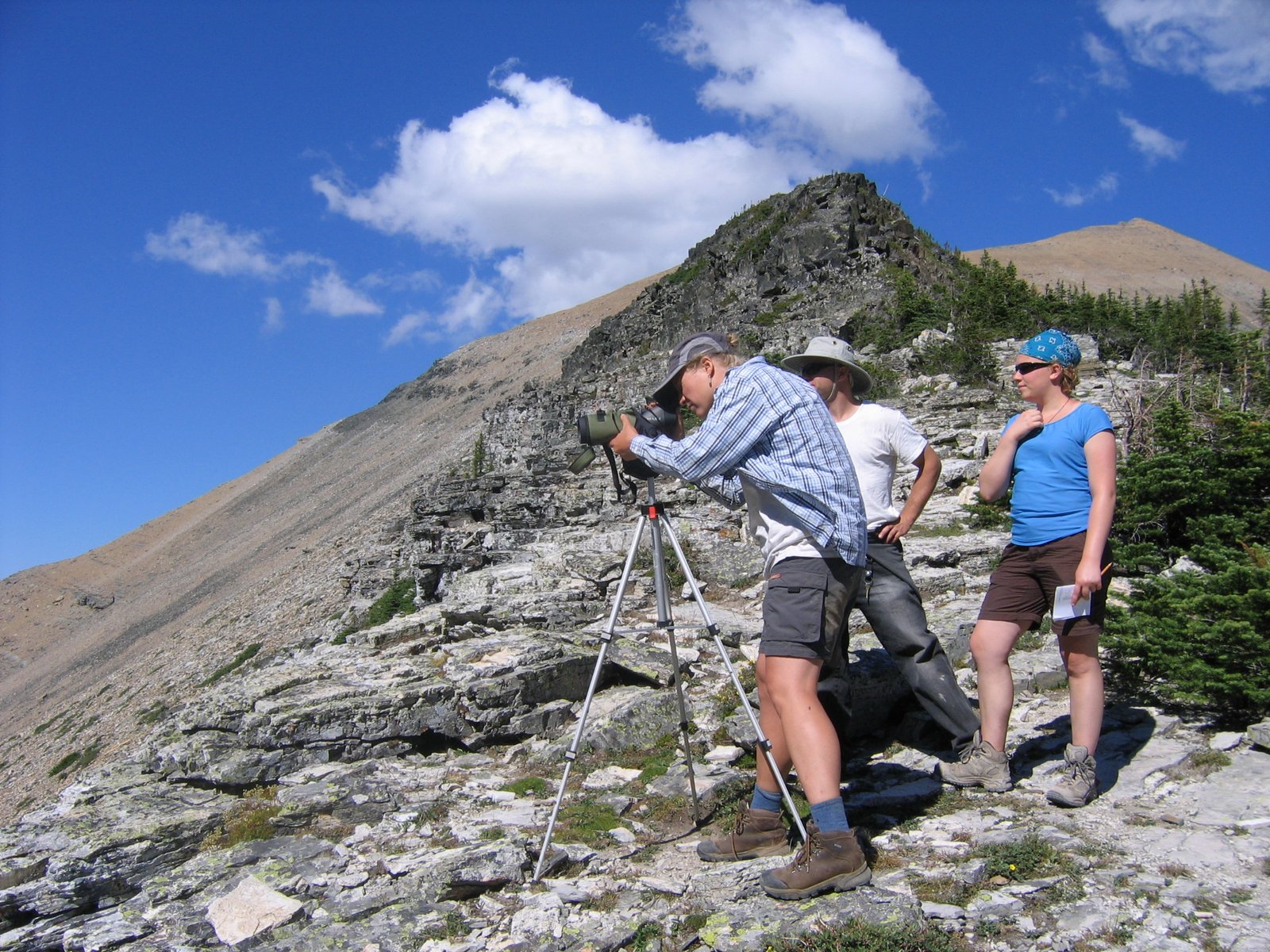
Successful urban wildlife coexistence requires active community participation and education. Cities with strong citizen science programs consistently report better wildlife conservation outcomes and fewer human-wildlife conflicts. When residents understand and appreciate local wildlife, they become powerful advocates for conservation.
Educational programs targeting children are particularly effective at building long-term support for urban wildlife conservation. Schools that incorporate wildlife observation into their curricula produce students who are more environmentally conscious and supportive of conservation efforts throughout their lives.
Policy and Legislation Challenges

Urban wildlife management exists in a complex legal landscape that often lacks clear guidelines for handling novel situations. Traditional wildlife laws were designed for rural environments and don’t adequately address the unique challenges of urban wildlife management. Cities need new regulatory frameworks that can adapt to rapidly changing urban ecosystems.
Zoning laws and building codes are slowly evolving to incorporate wildlife-friendly design requirements. Some cities now mandate green space ratios for new developments, while others require wildlife impact assessments for major construction projects. These policy changes are creating legal foundations for long-term coexistence.
Measuring Success in Urban Coexistence

Defining and measuring successful urban wildlife coexistence remains challenging. Traditional metrics like species counts don’t capture the full picture of ecosystem health or human-wildlife interactions. Cities are developing new assessment tools that consider factors like genetic diversity, behavioral adaptations, and community attitudes toward wildlife.
Long-term monitoring programs are essential for understanding the true impact of urban coexistence initiatives. Cities that have invested in comprehensive wildlife monitoring systems are better equipped to adapt their management strategies as conditions change. These data-driven approaches are becoming the gold standard for urban wildlife management.
Looking Toward Tomorrow’s Cities

The future of urban wildlife coexistence looks remarkably promising, driven by technological advances and growing public awareness. Smart city technologies are enabling real-time wildlife monitoring and management, while innovative design solutions are creating more livable spaces for both humans and animals.
Emerging biotechnology could revolutionize urban wildlife management. Genetic tools are helping scientists understand how urban animals adapt to city life, while biotechnology applications could help threatened species better adapt to urban environments. These advances suggest that the relationship between cities and wildlife will continue evolving in unexpected ways.
The evidence is overwhelming: people and wildlife can not only coexist in growing cities but can thrive together in ways that benefit both human communities and natural ecosystems. From the hawks soaring above Manhattan to the urban farms supporting pollinator populations, cities worldwide are proving that urbanization doesn’t have to mean environmental destruction. The key lies in reimagining our cities as integrated ecosystems where human ingenuity and natural adaptation work hand in hand. As we face an increasingly urbanized future, the lessons learned from successful urban wildlife coexistence will become more valuable than ever. The question isn’t whether we can live alongside urban wildlife—it’s whether we’re bold enough to embrace the possibilities that this partnership offers.



